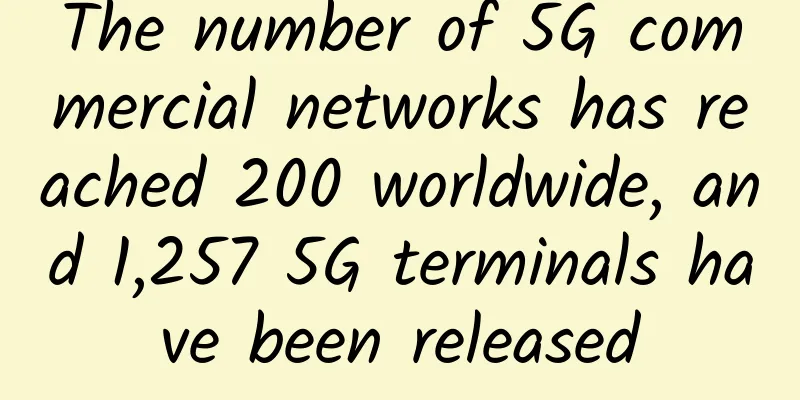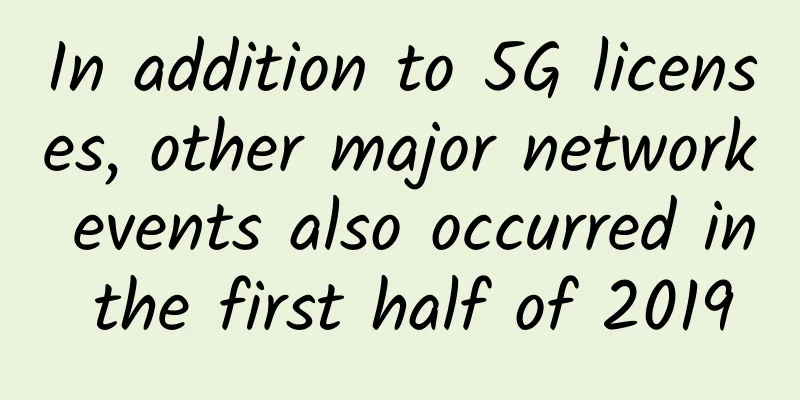The number of 5G commercial networks has reached 200 worldwide, and 1,257 5G terminals have been released

|
According to the latest update from the Global Mobile Suppliers Association (GSA), as of the end of December, 200 operators in 78 countries had launched one or more 5G services compliant with 3GPP standards. In addition, 487 operators in 145 countries/regions are investing in 5G, including trials, obtaining licenses, planning, network deployment and launches, compared to 412 operators at the end of 2020. GSA also reported that 187 operators in 72 countries have launched 5G mobile services, and 83 operators in 45 countries have launched 5G fixed wireless access services that comply with 3GPP standards. Five operators are said to have announced soft launches of their 5G networks, but are not included in the above data. The report shows that 99 operators in 50 countries and regions (including those evaluating/testing, piloting, planning, deploying and already launching 5G SA networks) have been identified to invest in 5G SA. GSA has listed 20 operators in 16 countries and regions as operators that have deployed or launched independent 5G networks in public networks. GSA also included 1,257 released 5G devices, an increase of nearly 125% from 559 a year ago. This includes 614 released 5G mobile phones, an increase of more than 120% from 278 at the end of 2020. At the same time, there are at least 857 commercial 5G devices on the market, an increase of more than 155% from 335 a year ago. In a previous report, GSA said operators are increasingly trialing and deploying 5G SA networks. “Some of the expected benefits of introducing 5G SA technology include faster connection times, support for massive devices, programmable systems and network slicing that enable faster and more flexible service creation (with improved support for SLA management in slicing), and the emergence of Voice over New Radio (VoNR) through a new, cloud-based, virtualized, microservices-based core network infrastructure,” GSA said. “The launch of 5G SA will help simplify architecture, improve security and reduce costs. 5G SA is expected to enable customization and tailor new services and revenue opportunities for enterprise, industry and government customers.” As of the end of October 2021, GSA has identified 94 operators in 48 countries around the world that are investing in public 5G SA networks. |
Recommend
ServerHub: $79/month-dual E5-2650v2/128GB/1TB SSD/unlimited 1Gbps/Los Angeles & Seattle data centers
ServerHub is a long-established foreign hosting c...
Kunpeng spreads its wings in Guangdong and the Bay Area | Kunpeng and his friends propose new computing to empower government smart office
[[350382]] At 14:00 on the afternoon of October 3...
Real-time communication technology battle
[[395758]] This article is reprinted from the WeC...
IPC Streaming Media Transport Protocol (Part 2) - SRT
1. The past and present of SRT SRT is the acronym...
The love-hate relationship between TCP and UDP
Recently, the epidemic in Qiaoxi District, Shijia...
Addressing the risk of permanent roaming through network localization
Over the past few years, operators and regulators...
Why 5G and IoT security is more important than ever
[[421462]] The convergence of IoT and 5G is a gam...
The potential of smart education continues to be released, and 5G brings three major boosts
Education is the foundation of a century-long pla...
HTTP 401 Error vs HTTP 403 Error – Status Code Response Explanation
We’ve covered the 403 HTTP error code in detail b...
Openness, Inclusiveness, Collaborative Innovation - Network Frontier Technology Forum Held in Beijing
On October 12, 2021, during the 2021 China IPv6 I...
LOCVPS newly launched VPS in Sydney, Australia, 2GB memory package 20% discount, monthly payment starts from 29 yuan
New! LOCVPS sent a message about a new VPS in Syd...
Zhang Feng attended the 2019 World Telecommunication and Information Society Day Conference and delivered a speech
[51CTO.com original article] On May 17, 2019, the...
To promote the building of core capabilities, Huawei proposes a top-level design framework for operators' digital transformation
Today, at the MWCS 2021 media analyst pre-communi...
Will 5G really kill Wi-Fi? NR-U is here
5G is like an elephant running wildly in the wire...
Megalayer: Starting from 24 yuan/month-1GB/50G SSD/10M CN2/San Jose & Hong Kong & Singapore data centers
Megalayer is a foreign hosting company registered...









